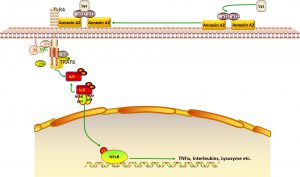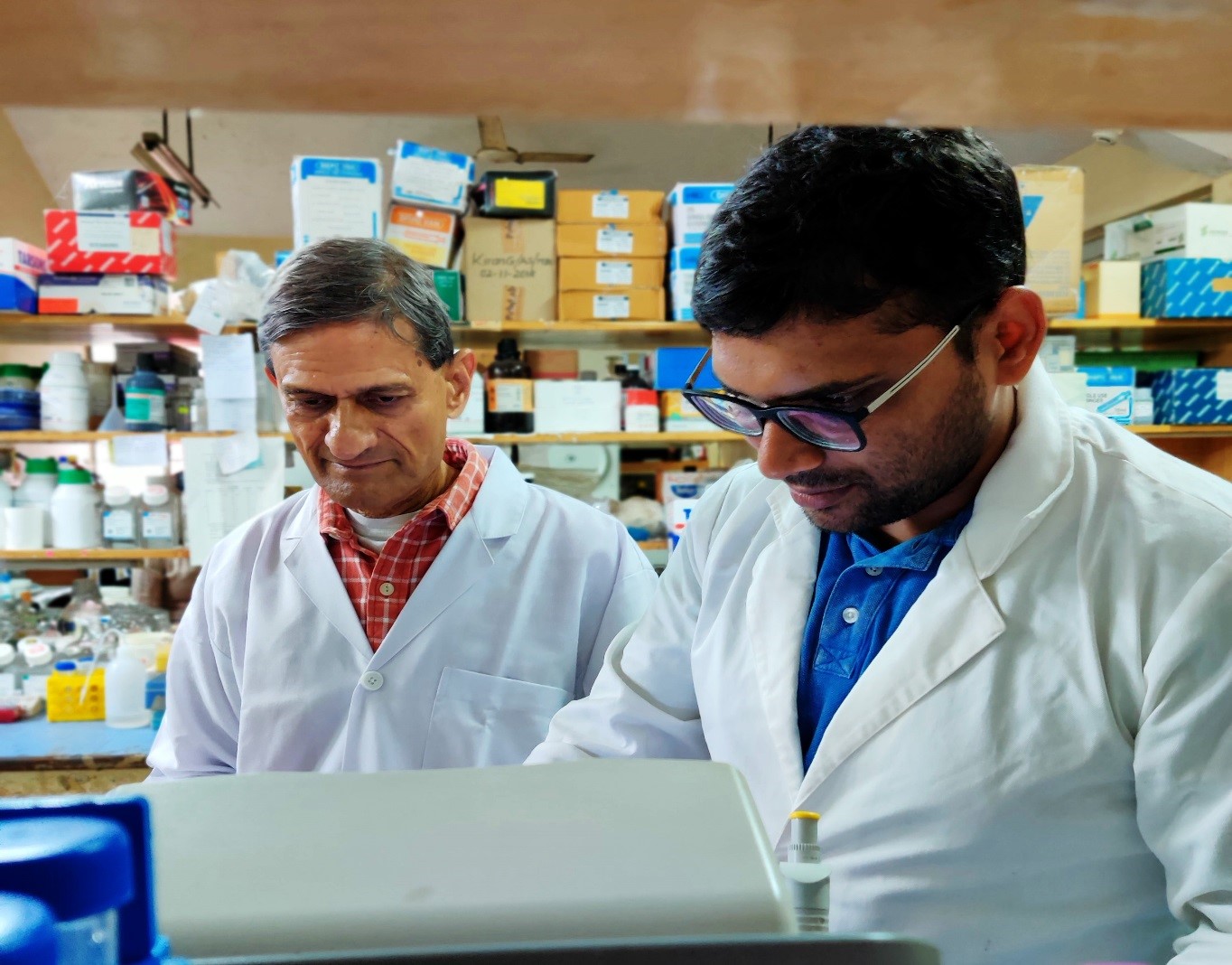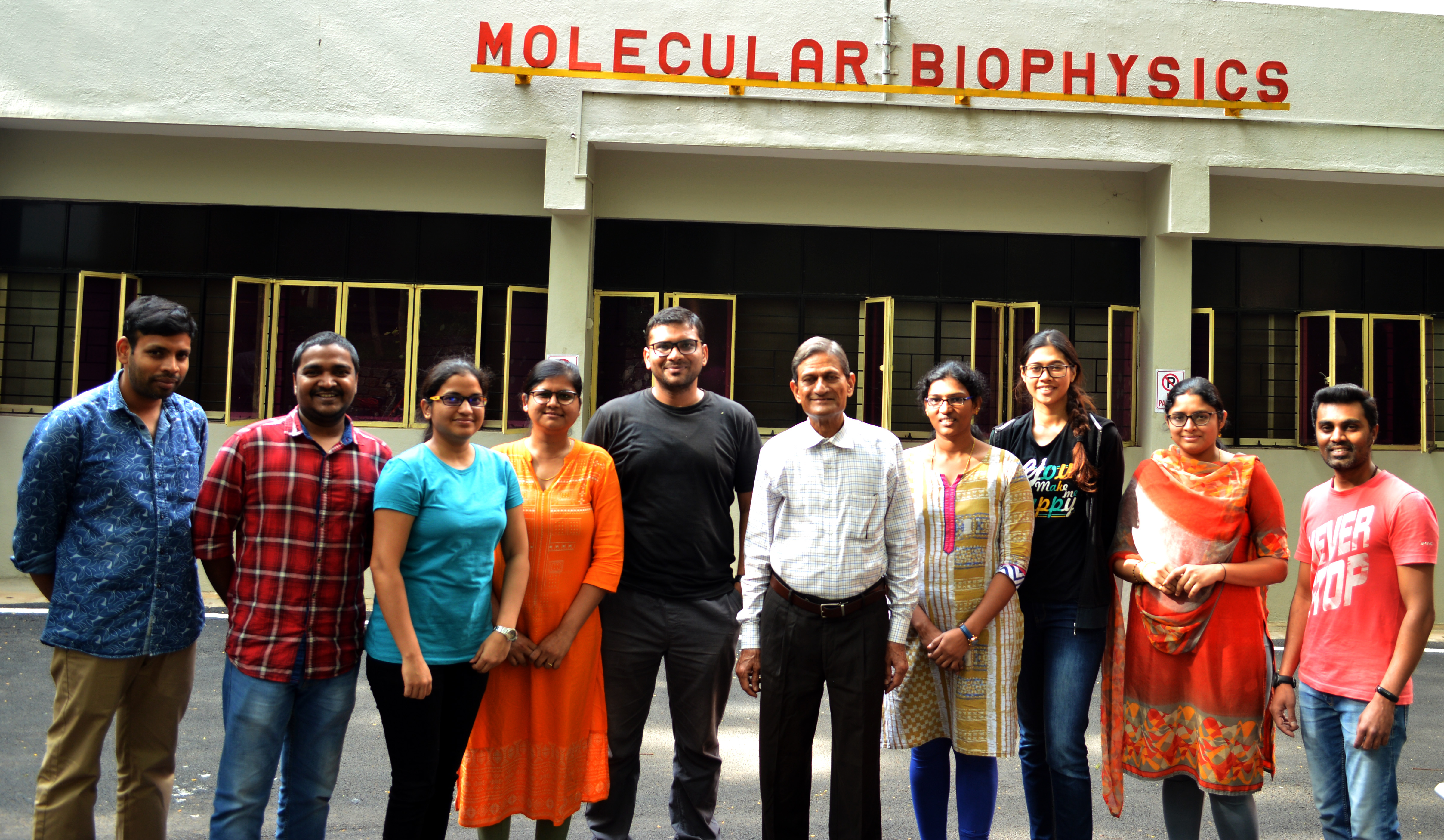Lysozyme is the elusive neuron intrinsic signal regulating (chronic) neuropathic pain
 Like vision, smell and sound perceptions, sensation of touch and pain are indispensable for higher organisms’ day to day life including their social behaviour. Pain sensation serves as an early warning system to avoid the harmful stimuli and is therefore an integral component of body’s defences. Upon exposure to a noxious agent, a flurry of physiologic responses set in motion eventually leading to pain. The pain resolves after the damage is healed. However, in many cases, pain persists even after the healing is over, leading to chronic pain.
Like vision, smell and sound perceptions, sensation of touch and pain are indispensable for higher organisms’ day to day life including their social behaviour. Pain sensation serves as an early warning system to avoid the harmful stimuli and is therefore an integral component of body’s defences. Upon exposure to a noxious agent, a flurry of physiologic responses set in motion eventually leading to pain. The pain resolves after the damage is healed. However, in many cases, pain persists even after the healing is over, leading to chronic pain.
Over the centuries, all systems of medicine have paid enormous attention for identifying remedies against pain. Despite these efforts, a significant fraction of global population suffers from chronic pain, affecting life quality and resulting in economic burden of billions of dollars globally. Neuropathic pain is a form of chronic pain which arises due to neuronal injury because of accidents, amputation, surgeries, cancer, diabetes etc. Neuropathic pain management is difficult as non-steroid anti-inflammatory drugs (classical pain killers) are not very effective against it. Although, opioids are effective, they are addictive, and hence, are not widely recommended.
Prof. Surolia and his student Saurabh Yadav identified lysozyme, an antibacterial protein found in body secretions like tears, saliva etc. as a cause for neuropathic pain.

Lysozyme activates TLR4 at neuronal cell surface leading to intracellular signaling activation which results in neuropathic pain.
Since its discovery in 1921 by Sir Alexander Fleming, lysozyme has remained an indispensable component of our immune system. The authors found that an increase in neuronal lysozyme during nerve injury activates toll like receptor-4 (TLR4) on nerve cell surface which leads to increased pain sensitivity in laboratory animals. They also observed increased lysozyme in spinal cord injury patient’s spinal cord tissues, and application of lysozyme on human nerve cells results in increased neuronal activity (a common condition during neuropathic pain). Injections of inhibitors of lysozyme, such as chitobiose (a simple sugar molecule) relieved pain in laboratory rats. Thus, their findings characterize an important function of lysozyme in our body during nerve injury and identifies potential of its inhibitors as safer natural alternative for neuropathic pain management. As, lysozyme levels are increased in many other neurodegenerative disorders such as Alzheimer’s disease, Parkinson’s disease, Multiple sclerosis etc. the study paves the way for future research about the role of lysozyme in these central nervous system disorders.
Neurons express many molecules associated with immune system including Toll like receptors. Yet, role of these receptors on neuronal physiology remains unknown. This study also identifies the role of Toll like receptor 4, expressed on neurons, especially on neuronal excitation during injury, which so far had remained enigmatic. Until now it was believed that neuropathic pan is triggered by factors secreted by microglia and astrocytes in the nervous system. This study significantly identifies a molecule originating in neurons itself as the molecular trigger in neuropathic pain.
The study is published in Science Translational Medicine on 7th August 2019.
Yadav S, Surolia A. Lysozyme elicits pain during nerve injury by neuronal Toll-like receptor 4 activation and has therapeutic potential in neuropathic pain. Sci Transl Med. 2019 Aug 7;11(504). pii: eaav4176. doi: 10.1126/scitranslmed.aav4176. PubMed PMID: 31391320.
Reference: Yadav S, Surolia A. Lysozyme elicits pain during nerve injury by neuronal Toll-like receptor 4 activation and has therapeutic potential in neuropathic pain. Sci Transl Med. 2019 Aug 7;11(504). pii: eaav4176. doi: 10.1126/scitranslmed.aav4176. PubMed PMID: 31391320.
Website URL: http://mbu.iisc.ac.in/~aslab/




 Like vision, smell and sound perceptions, sensation of touch and pain are indispensable for higher organisms’ day to day life including their social behaviour. Pain sensation serves as an early warning system to avoid the harmful stimuli and is therefore an integral component of body’s defences. Upon exposure to a noxious agent, a flurry of physiologic responses set in motion eventually leading to pain. The pain resolves after the damage is healed. However, in many cases, pain persists even after the healing is over, leading to chronic pain.
Like vision, smell and sound perceptions, sensation of touch and pain are indispensable for higher organisms’ day to day life including their social behaviour. Pain sensation serves as an early warning system to avoid the harmful stimuli and is therefore an integral component of body’s defences. Upon exposure to a noxious agent, a flurry of physiologic responses set in motion eventually leading to pain. The pain resolves after the damage is healed. However, in many cases, pain persists even after the healing is over, leading to chronic pain.

